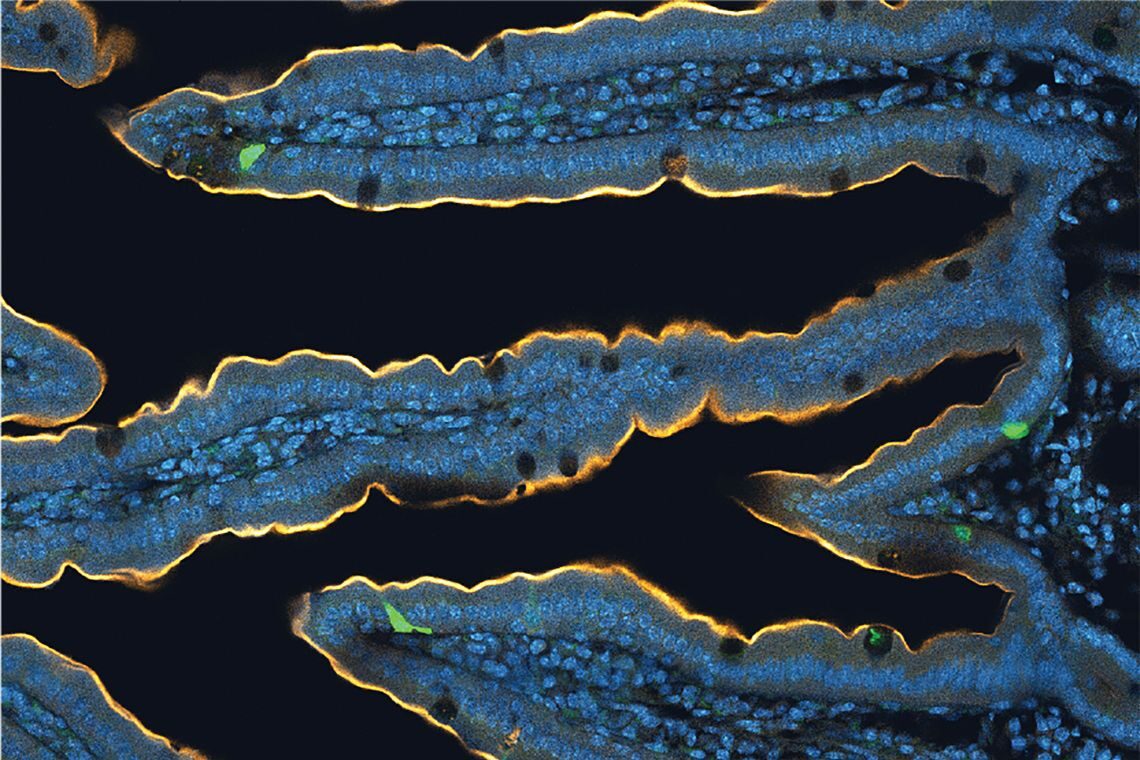OF THE
TIMES
"We should be investing in technology that makes having kids much faster/easier/cheaper/more accessible... Synthetic wombs, etc," proposed Sahil Lavingia, the founder of digital product trading platform Gumroad.

"We always thought of mutation as basically random across the genome," said Grey Monroe, an assistant professor in the UC Davis Department of Plant Sciences who is lead author on the paper. "It turns out that mutation is very non-random and it's non-random in a way that benefits the plant. It's a totally new way of thinking about mutation."

"In recent years, in several incidents abroad, civilian aircraft were fired upon by man-portable air defense systems (MANPADS). This has led several companies to design and adapt systems like a laser-based missile-defense system for installation on civilian aircraft."One of FedEx's competitors, DHL, was the victim of such an incident in 2003 when one of its cargo jets was hit by a missile after taking off in Baghdad. The crew was unharmed, according to CNN.
See also:Infrared countermeasure device fitted to the underside of commercial aircraft is an option. Most airliner shootdowns are caused by man-portable air defence systems (MANPADS). According to the US Transportation Safety Administration, 40 civilian aircraft have been struck by MANPADS missiles since 1975, causing about 28 crashes and more than 800 deaths.© Elbit SystemsInfrared countermeasure device fitted to the underside of commercial aircraft is an option.

Comment: This idea will contribute even more to dehumanisation of the humanity. Children needs the love and connection with their parents. It plays a very important role in their development.
This will indeed create a Matrix like dystopian society of robotized and emotionless population. A free army of slaves for the PTB that can be even more controllable.
See also: